
Sarah Zielinski wanted to be a marine biologist when she was growing up, but after graduating from Cornell University with a B.A. in biology, and a stint at the National Science Foundation, she realized that she didn’t want to spend her life studying just one area of science — she wanted to learn about it all and share that knowledge with the public. In 2004, she received an M.A. in journalism from New York University’s Science, Health and Environmental Reporting Program and began a career in science journalism. She worked as a science writer and editor at the Journal of the National Cancer Institute, the American Geophysical Union’s newspaper Eos and Smithsonian magazine before becoming a freelancer. During that time, she started her blog, Wild Things, and moved it to Science News magazine, and then became an editor for and frequent contributor to Science News Explores. Her work has also appeared in Slate, Science, Scientific American, Discover and National Geographic News. She is the winner of the DCSWA 2010 Science News Brief Award and editor of the winner of the Gold Award for Children’s Science News in the 2015 AAAS Kavli Science Journalism Awards, “Where will lightning strike?” published in Science News Explores. In 2005, she was a Marine Biological Laboratory Science Journalism Fellow.

Trustworthy journalism comes at a price.
Scientists and journalists share a core belief in questioning, observing and verifying to reach the truth. Science News reports on crucial research and discovery across science disciplines. We need your financial support to make it happen – every contribution makes a difference.
All Stories by Sarah Zielinski
-
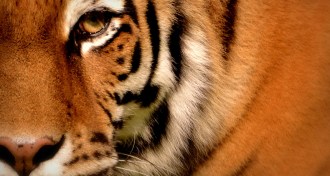 Animals
AnimalsDog disease threatens Siberian tigers
Canine distemper virus poses a particular danger to small groups of the big cats.
-
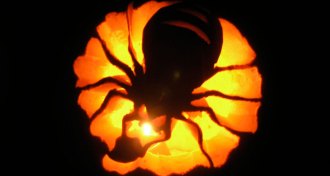 Animals
AnimalsTen real-life Halloween horrors in the natural world
Vampires and witches are nothing compared to mind-controlling parasites, nose ticks and antibiotic-resistant superbugs.
-
 Animals
AnimalsBirds large and small hop over obstacles in similar ways
Bipedal birds, from tiny quail to huge ostriches, tackled a step in a similar way, minimizing energy cost and maximizing safety.
-
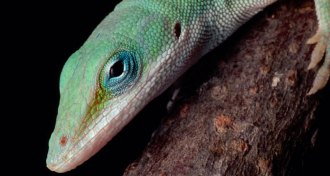 Animals
AnimalsInvasion drives quick evolution of lizard feet
After Florida islands were invaded by the Cuban anole, indigenous Carolina anoles quickly evolved feet better suited for climbing high.
-
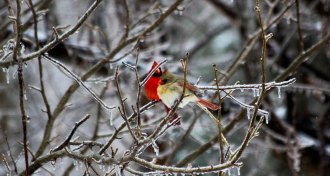 Animals
AnimalsSouthern birds may be moving into your winter backyard
A warming climate is letting warm-adapted birds live farther north in winter, a new study finds.
-
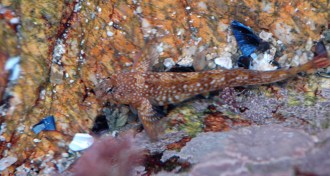 Animals
AnimalsCamouflaged fish found hiding in plain sight
Rockpool gobies change color depending on their background.
-
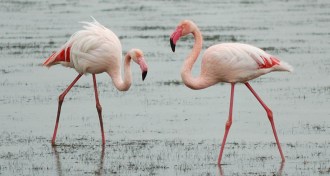 Animals
AnimalsFrench flamingos froze to death without freezing
Cold snaps in 1985 and 2012 starved flamingos by the thousands in southern France.
-
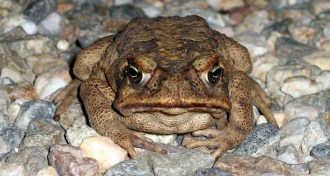 Animals
AnimalsQuick-moving toads take the straight and narrow path
Cane toads at the front line of an invasion in Australia have evolved to move in straighter paths than those left behind.
-
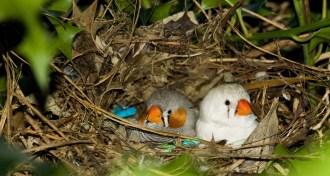 Animals
AnimalsZebra finches use camouflage
In an experiment, zebra finches camouflaged their nests to match the background, even though they lived in captivity and there was no danger of predators.
-
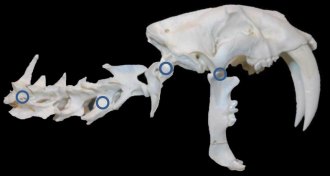 Animals
AnimalsHow a saber-toothed cat is like a can opener
A researcher argues that the saber-toothed cat’s teeth acted like an old-fashioned can opener.
-
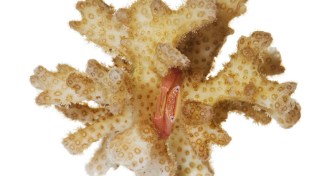 Animals
AnimalsCrabs guard coral from army of sea stars
Coral guard-crabs proved their worth during a 2008 outbreak of crown-of-thorns sea stars, with many successfully protecting their coral from being eaten.
-
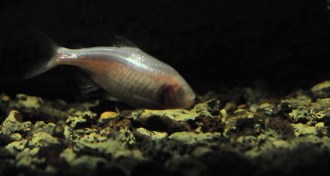 Animals
AnimalsBlind cavefish got no (circadian) rhythm
Eyeless Mexican cavefish have lost their circadian rhythm and become more efficient in the dark, a new study finds.